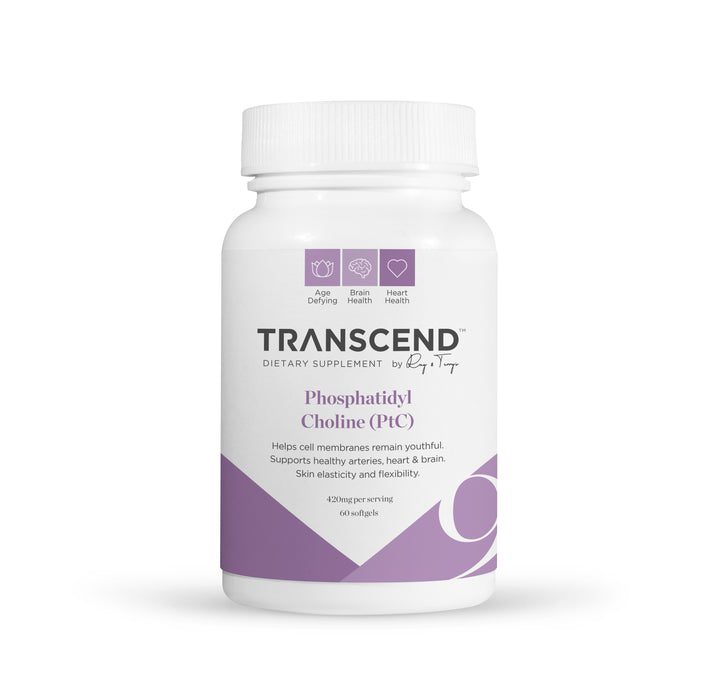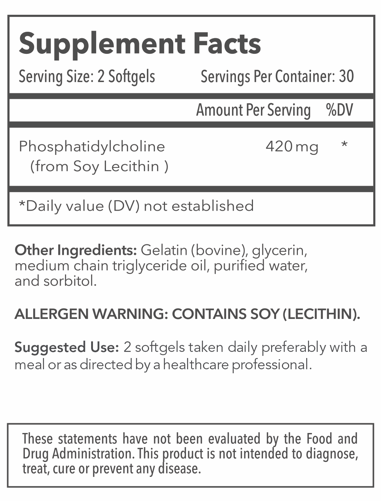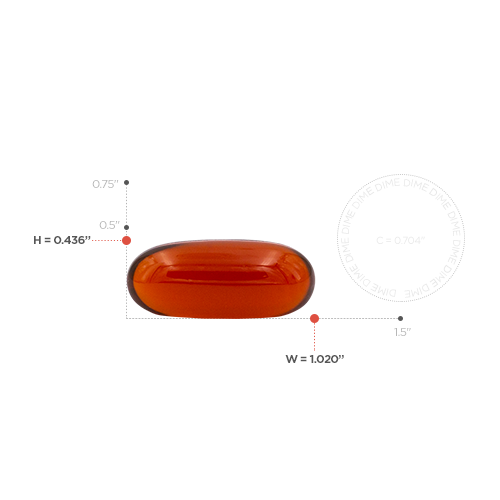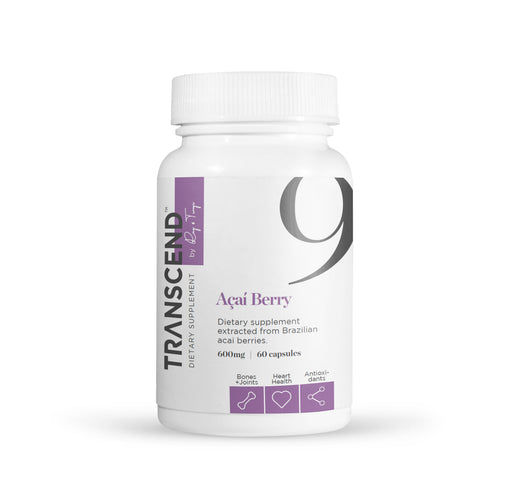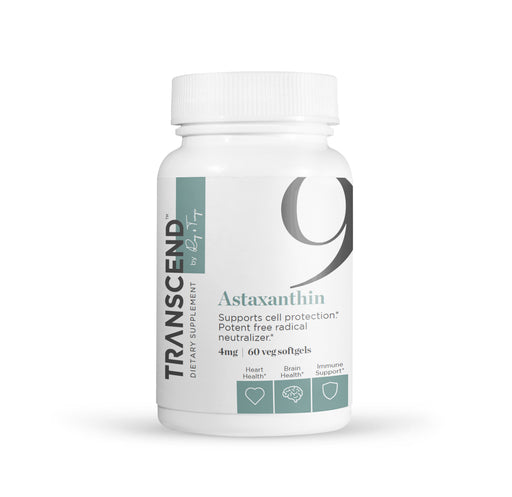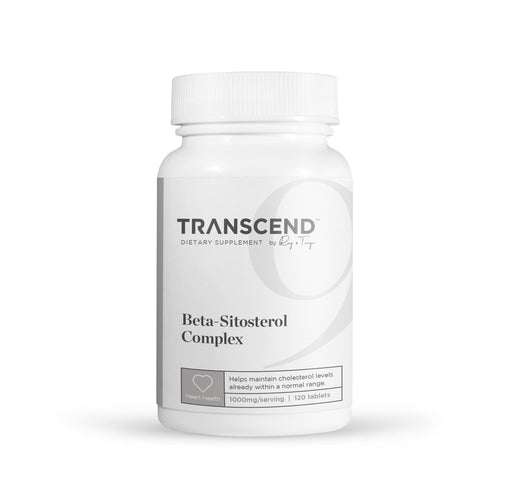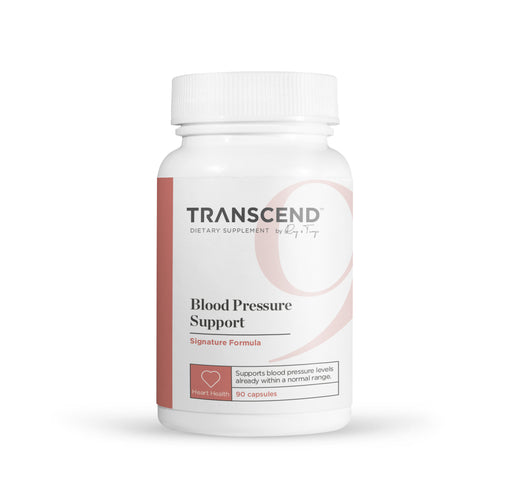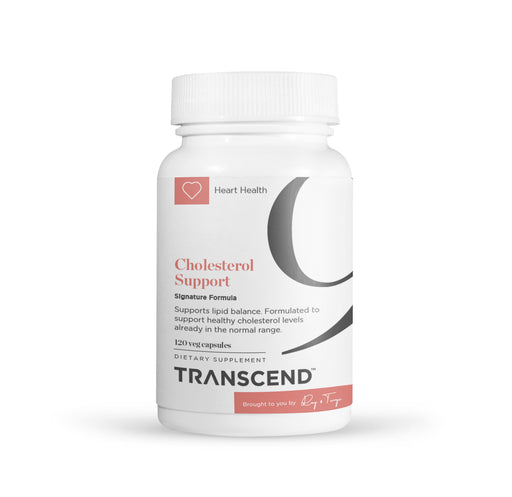Phosphatidylcholine
Improve skin elasticity
- Cell membrane flexibility
- Support memory function
- Healthy brain tissues
Phosphatidylcholine (PtC) is a flexible phospholipid that serves as a major component of the cell membrane. PtC is found in higher concentrations in younger people, particularly in brain tissue, and, as an important part of the normal aging process, the amount of PtC in the cell membrane decreases.1 By taking supplemental PtC, you can reverse the age-related decline of PtC in your cell membranes, working in reducing inflammation and keep the natural PtC at a youthful level.
Studies have found that PtC can aid memory and learning.2 PtC may also help promote normal skin elasticity and support healthy liver function. PtC has been used along with Apo A/1 Milano to assist in maintaining normal arterial cholesterol levels.3,4,5
In addition to protecting and nourishing your skin from the inside, there are topical treatments to help the rejuvenation process by signaling your skin to match the skin cells of a very young adult.
Other Ingredients:
Gelatin (bovine), glycerin, medium chain triglyceride oil, purified water, sobitol.
ALLERGEN WARNING:
CONTAINS SOY (LECITHIN).
CAUTION:
Do not exceed recommended dose. This product is not intended for pregnant or nursing mothers or children under the age of 18. If you are diabetic, or have a known medical condition, consult your physician prior to taking this or any dietary supplement. This product is manufactured and packaged in a facility which may also process milk, soy, wheat, egg, peanuts, tree nuts, fish and crustacean shellfish.
Suggested Use:
2 softgels taken daily preferably with meals or as directed by a healthcare professional.
Ray & Terry's PtC is equally effective when taken with or without food. However, if your digestive system is sensitive, you may want to take your supplements with meals.
*California residents – ingredients in this product may exceed Prop 65 limits and shipments’ contents may carry notice of this caution. Please contact support@transcend.me for further information.
- J Nutr. 1995. Jun;125(6): 1484-1489. S. Y. Chung et al.
- Clin Neuropharmacol. 1993. Dec;16(6): 540-549.S. L. Ladd et al.\
- Journal of Lipid Research. 2001. Oct(42): 1586-1593. M. N. Nanjee et al.
- Circ Res. 2002. May 17;90(9): 974-980. G. Chiesa.
- Circulation. 2001. Jun 26;103(25): 3047-3050. P. K. Shah et al.


